This fall, I decided to go on a trip to visit art museums: the 21st Century Museum of Contemporary Art in Kanazawa, the Nakanoshima Museum of Art in Osaka, the Otsuka Museum of Art in Tokushima, the Hyogo Prefectural Museum of Art, and the Eiheiji Temple and Dinosaur Museum in Fukui.
The question was which camera to take. Each time I travel, I agonize over it until just before departure. It is not uncommon for me to change my luggage early in the morning after packing the night before. There is the golden option of a digital Hasselblad or Leica, or a Rolleiflex with film. The one I use most these days is the Pentax 17, but my wife insists on using it. I was interested in using the Leica lens I had just bought, and I have absolute faith in Hassy.
My wife, tired of my inability to make a decision, said to me, "What are we going to do this time?" That's right, we're going to visit museums. The main purpose was not to take pictures, but to walk a lot every day. We should minimize the amount of luggage. In the end, I decided to take only the GR IIIx. It turned out to be an excellent choice. By using the iPhone for documentation and the GR IIIx for the places I was drawn to, I was able to make the most of the six days I spent on the trip.
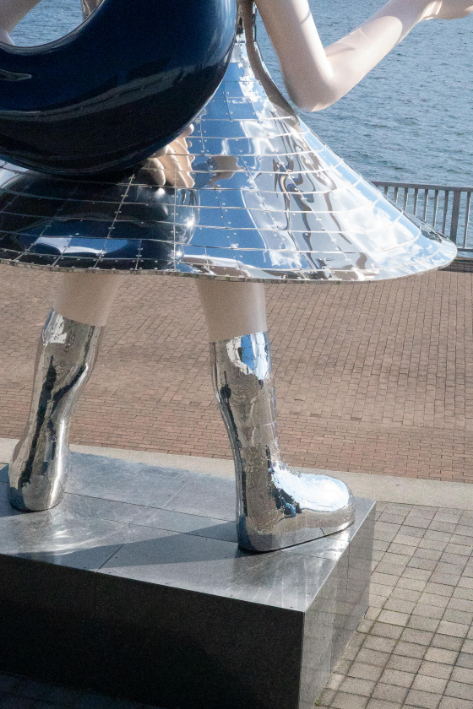
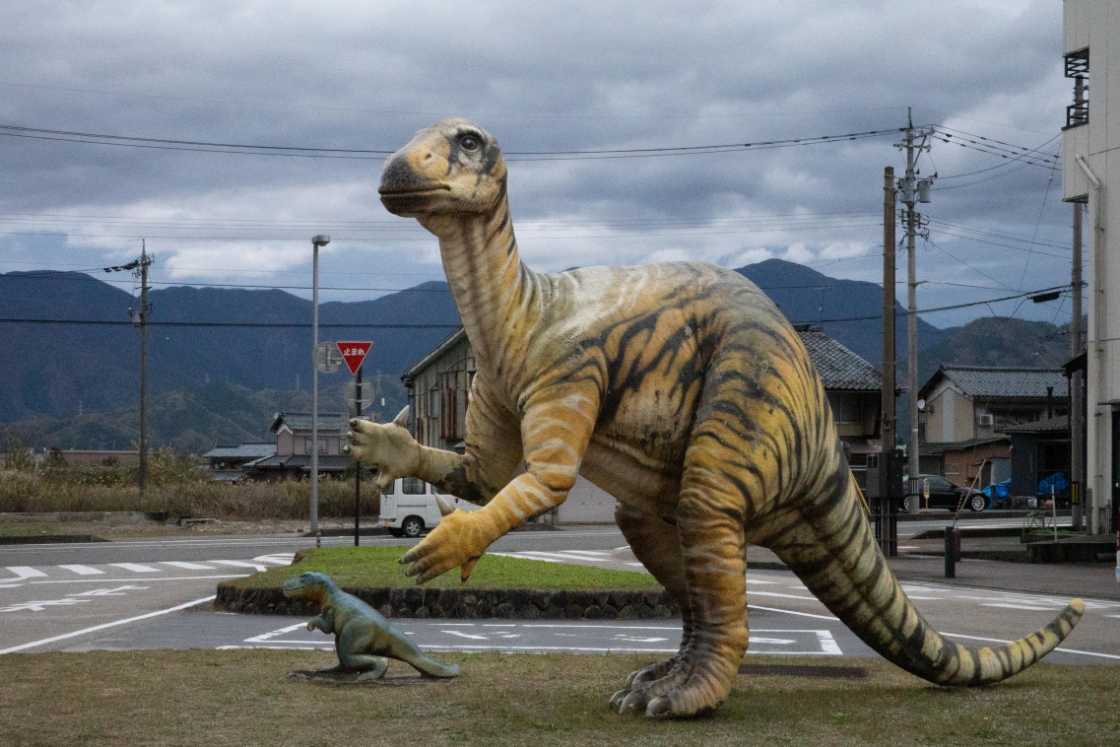
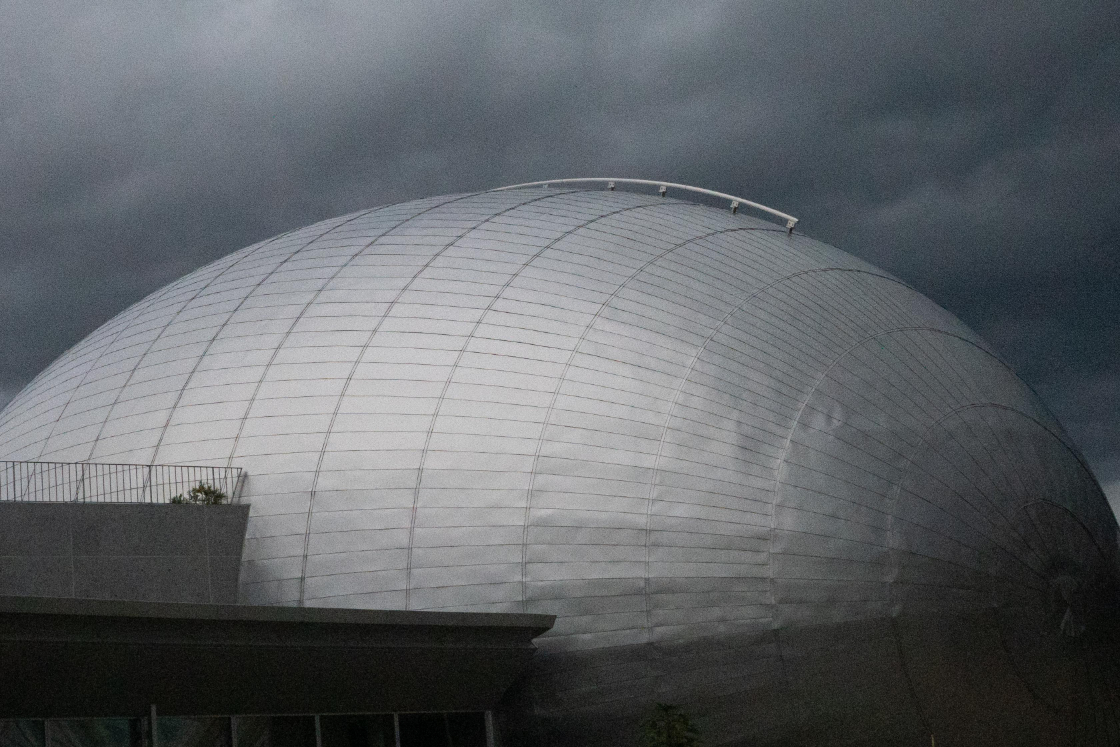
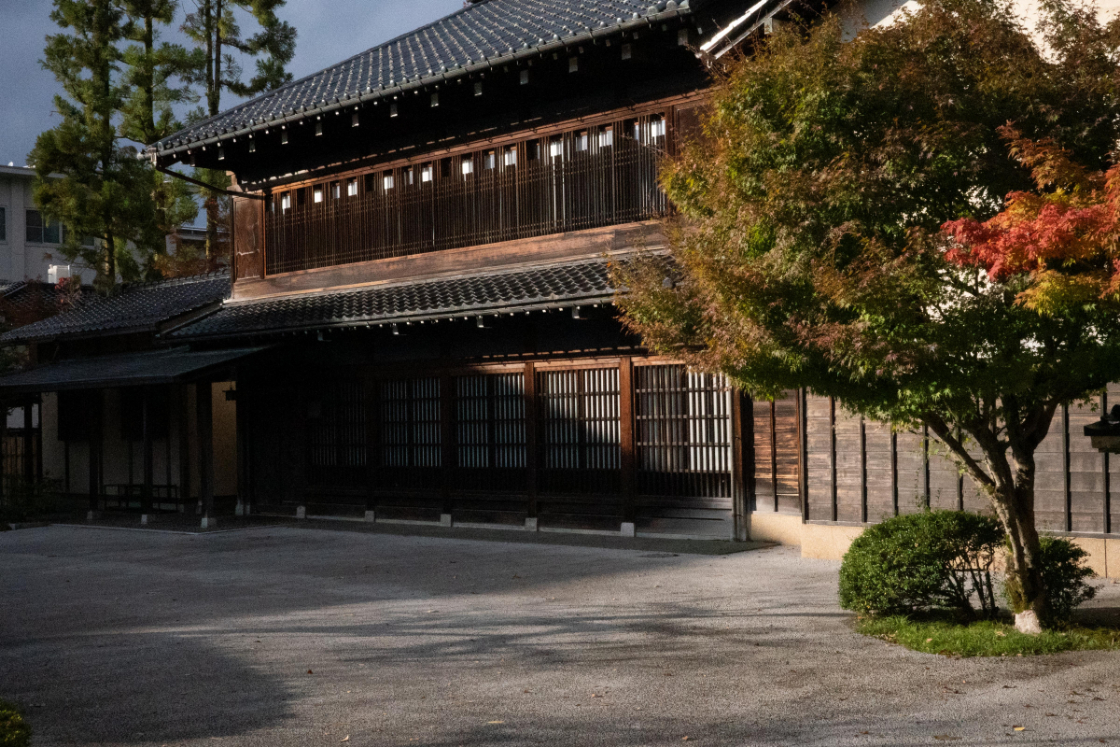
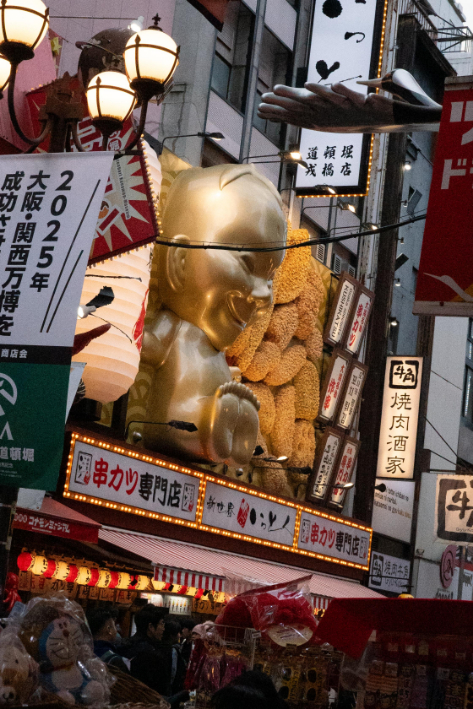
The most impressive part of the trip was the Otsuka Museum of Art. This museum is different from others in that all of the paintings on display are reproductions burned on ceramic panels. One might think that reproductions would be inferior to the originals. However, the experience that this museum offers easily overturns such an assumption.
The first thing that surprised me was the sophistication of the reproductions. Due to the nature of the ceramic material, the colors and textures are extremely faithful to the original. In addition, because the reproductions are the same size as the original paintings, visitors can fully appreciate the scale of the masterpieces. It is as if you were actually present at the time and place of the paintings.
Another fascinating aspect of this museum is the collection of masterpieces from all over the world. Normally, you would have to travel to museums in Europe and the United States to see these works. Here, however, you can experience that journey in a single day. For example, the experience of looking up at the ceiling painting of the Sistine Chapel and the opportunity to see the entire "Last Supper" up close is quite inspiring. It is definitely a museum I would recommend.
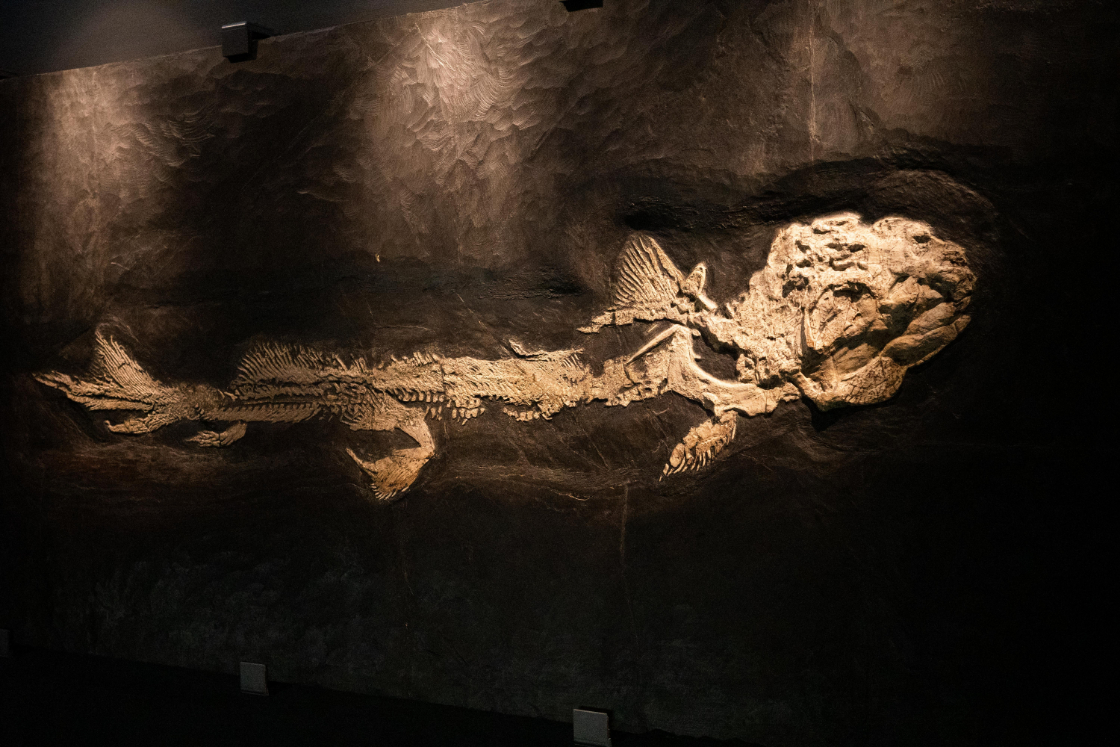
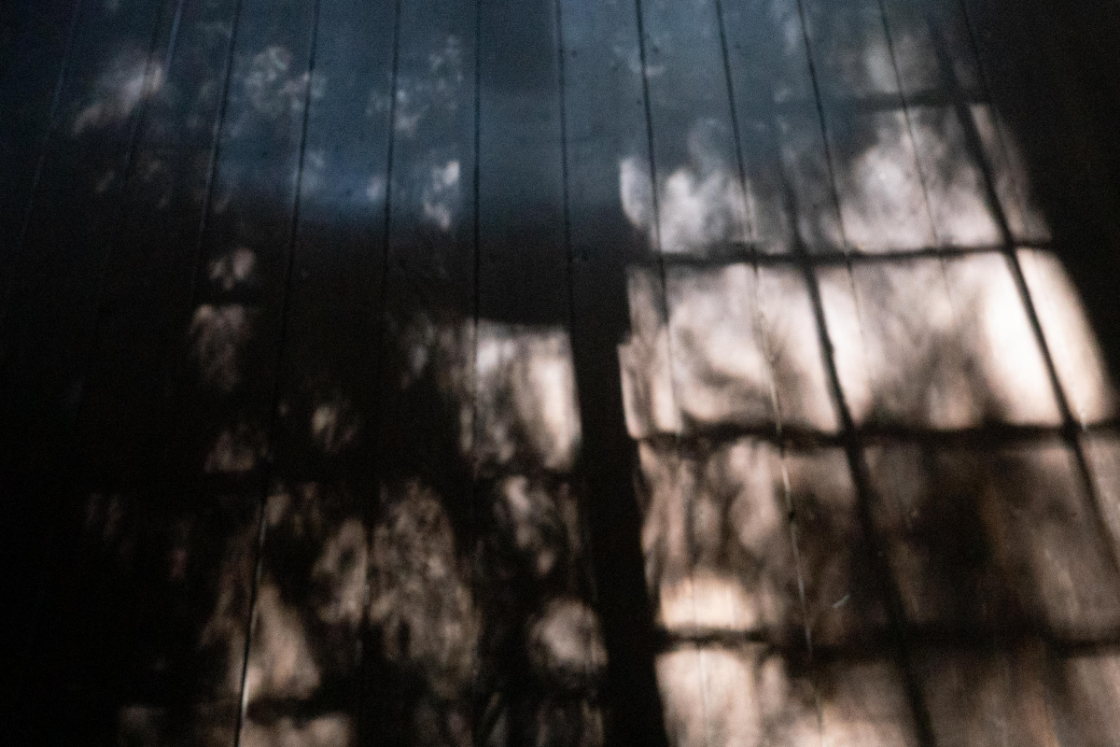
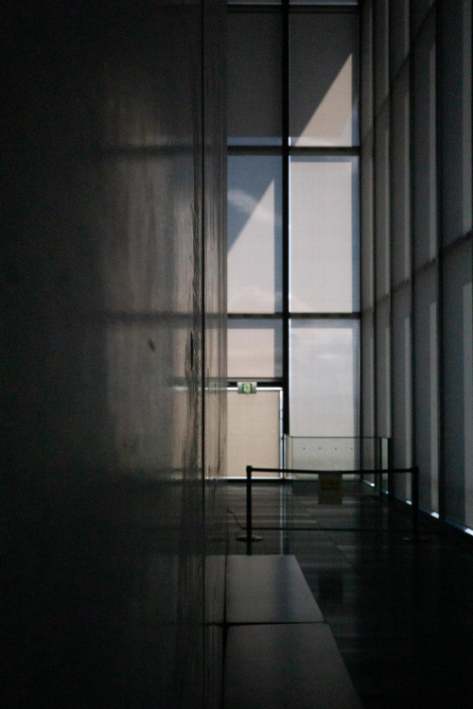
By the way, you may have noticed that the photos in this article look grainy when enlarged. I think I mistakenly set the ISO to 8000. I thought I had it set to ISO 800, but there was another zero. I noticed it halfway through the shooting, but I liked the roughness of the images, so I kept shooting at that setting this time. Since I had recently used a half-size Pentax 17, the rough grain looked normal to me. No noise reduction was applied to the photos shown. With external software, I could erase the grain as if it never existed, but for some reason, the roughness seems to represent the trip to me. The muted color saturation, mild contrast, and ISO of 8000 were just right for the winter trip.
Satoru Watanabe
Born in 1961 in Yonezawa City, Yamagata Prefecture. After graduating from Nihon University College of Art, Department of Photography, Watanabe joined Nikkan Sports Newspaper, where he gained experience in sports and news photography. After leaving the company, he founded Studio Monochrome. He has been working as a freelance photographer, mainly in the field of portraiture, and has been holding workshops since 2003. Recently he is known as the creator of Youtube "2B Channel". Winner of the 33rd "The Society of Photography Award" Special Prize. He is currently an adjunct professor at Keio University Graduate School. His recent books include "Toru chikara miru chikara (Power of Shooting and Power of Looking)" (Hobby Japan).
Satoru Watanabe@watanabesatoru2b














